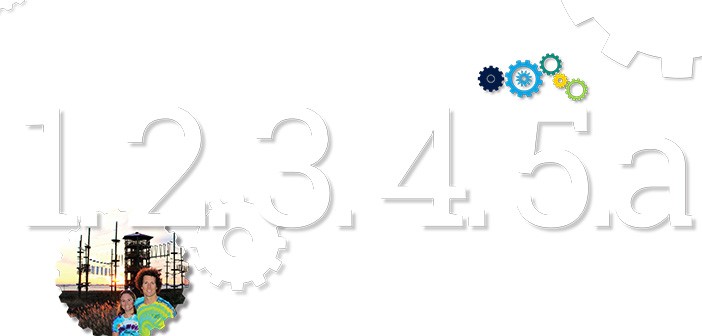As the aerial adventure park industry takes hold in the U.S., we are seeing a tremendous increase in the diversity of size, scope, and location of parks. There is also an equally diverse range of business models for these parks. And how you structure yours matters: It is just as important for financial success as the designs of the parks themselves. Here are some of the most common existing business models, and the benefits and limitations of each.
1.
OWNER/OPERATOR
In this particular model, the park’s owner/operator and the land’s owner/operator are one and the same. This model is a typical choice when the prospective business owner has some land that he is looking to develop, although it’s certainly possible to develop a business plan first and then purchase suitable land.
Prior management of an aerial adventure park is not necessarily a prerequisite with this model. It is quite common, in fact, for the owner/operator to hire a full-time, experienced manager to run the day-to-day operations.
The main advantage to this business model is that the owner retains 100% autonomy over the business. This simplifies any and all expansion and/or major land ownership decisions. In cases where the land is owned outright, the cost goes down significantly as well, as there are no monthly mortgage payments.
That said, if there is any debt against the land, a mortgage payment can be a huge fixed cost for a new business owner. This depends, of course, on the size of the plot and the purchase price, which can vary widely. Certain locations may demand a premium rate. In one of our projects, the difference between leasing and owning the land almost doubled the amount of revenue required to break even. Make sure you do the math before deciding whether owning or leasing will be most beneficial for you!
Land ownership also locks a park to a specific location, one that may or may not be ideal from a marketing standpoint. Is the land near a population center, or another park? Is it close to a major interstate, or five miles up a dirt road? Most of our aerial park feasibility studies that have not “passed” have been the result of unsuitable locations.
Still, this model can be ideal for someone who already owns land in a favorable location.
2.
LANDOWNER/BUILDER-OPERATOR
This is probably the most common model that we have seen with smaller, newly developing operators. One party (the operator) develops the business plan for the park, and is responsible for all operations and the cost of constructing the course. The other party (the landowner) leases their land to the owner/operator in exchange for a certain percentage of the monthly income, typically in the range of 8% to 12% of gross revenue. Lease terms are typically set for a 10- to 15-year period, with the option of one or two five-year renewals. This provides a degree of stability and predictability for the builder-operator, and is a common solution for first-time aerial adventure park operators who have some direct industry experience and/or working capital.
Landowners who choose to invest in this model have the opportunity to generate some passive income, while still having some involvement in the operational decisions. This can be a great business model for smaller ski resorts or campgrounds, for example, that do not have the capital or expertise to build their own attraction, but are looking for additional streams of revenue.






